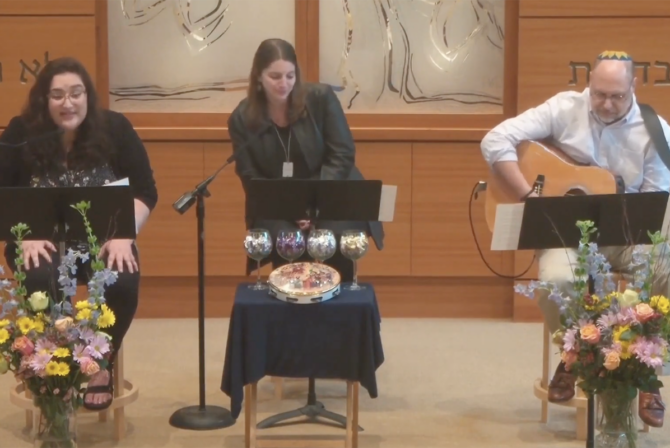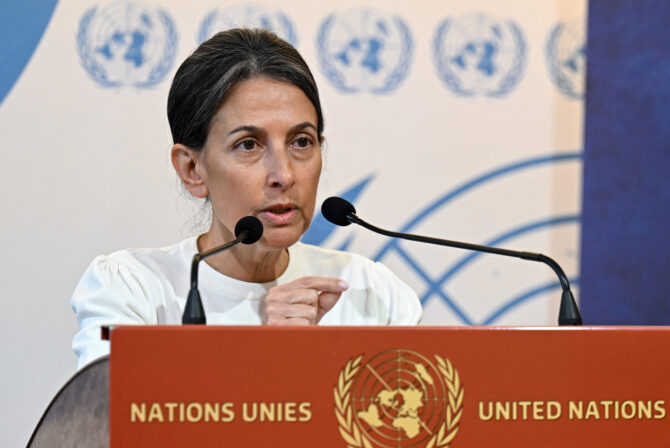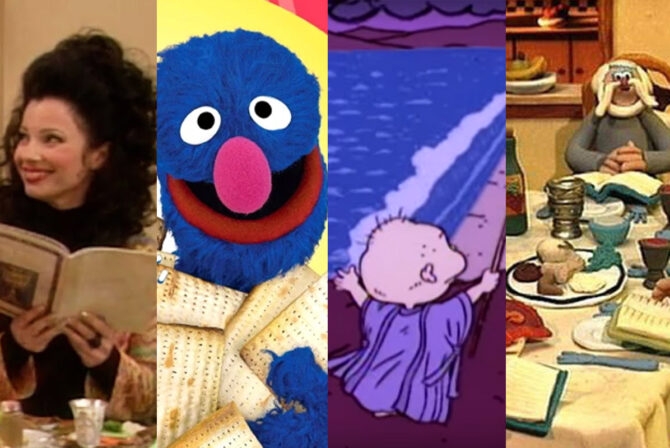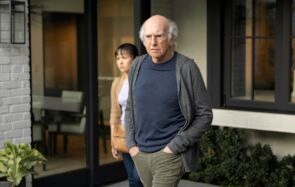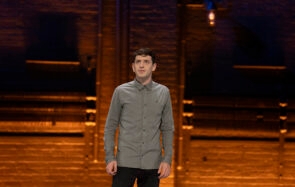There are so many things to say about Maurice Sendak, the incredible children’s writer and illustrator who died today at 83 years old. In the famous book The Uses of Enchantment: The Meaning and Importance of Fairy Tales, child psychologist Bruno Bettelheim wrote that the most truly magical works of children’s literature were the ones that allowed children to face their terrors and fears through symbolism. Sendak was a master of this–and not only for children.
Facebook feeds will surely be full up today with status message tributes to Sendak’s legacy.
Sendak, after all, is one of those edgier children’s authors whose work is still “cool” to like, whether you have children or not. If no one at your college made a t-shirt celebrating a party with a picture of Max and the saying, “Let the Wild Rumpus Start!” then you became a bandwagon fan of Sendak when his interview with Stephen Colbert went viral. The two-part interview, a must-see, revealed a curmudgeonly, anti-Newt Gingrich-Sendak with no great love of children. It was quickly forwarded and labeled as “awesome”–high praise in our inarticulate world.
Perhaps best known for his book
Where The Wild Things Are
, every one of Sendak’s works was a masterpiece of art and fantasy.
In the Night Kitchen
–“that really weird book,” as we often referred to it in our house–showed a naked boy, Mickey, dancing through the night with odd bakers making airplanes out of bread.
Really Rosie
, the audio performance of which I listened to endlessly, portrayed the fabulous world of an equally fabulous little girl in Brooklyn who made the world around her bit players in her own imaginative dramas, in which she was always the star (I can totally relate). These books, as did all his others, touched on children’s apprehensions–the fear of the unknown dream world in Night Kitchen, the fear of living one’s life being anonymous and unrecognized in Really Rosie.
I read my boys Where The Wild Things Are so many times that I could recite it by heart–and did in fact do so, with my son, to keep him conscious in an ambulance on one horrible morning I wrote about in the New York Times.
Both boys loved the book, and so did I. Its dark art, of walls becoming the world and of a wolf suit transforming a boy into a monster, and of an ocean tumbling by a bedroom with a private boat, were hypnotic, mysterious and captivating.
I read this book to my young boys at a time when I struggled with my own inner and external monsters. As I submerged myself in Sendak’s words on a daily basis, I was agonizing over whether I should leave my husband. These were the days before one could blog about such things, and I felt very much alone, trapped on an island of my marriage and of my own fears. I didn’t know what to do or if I could defeat my fears–of my husband, of being alone, of an uncertain fate–which all threatened to consume me.
Each night, I sat on the old glider in my older son’s room and read the book to the boys. With each passing night, I didn’t just read, but I really listened, sinking into the pages with the intense concentration of my boys. I tried to see the book as I would as a child–and instead, heard the words with deep resonance as an adult.
Max became king of all the wild things, but he was lonely. Oh, God, I knew that loneliness. It was in the air I breathed in my marital home, replete with the stench of vituperative arguments. Max, we read, wanted to be where someone loved him best of all. I didn’t dare to dream that such a thing was even possible for me–it was not in my marital experience.
So Max told the monsters that it was time for him to leave them–the very thing I was afraid to tell my then-husband, the very thing that I thought of every second, the very thing I feared with all my might.
“Please don’t go,” the monsters implored Max. “We’ll eat you up, we love you so.” And that is not love, my children told me. And I agreed. Love, I thought to myself, is neither threats nor rumpuses. Love is quiet and gentle, as real as supper left by an unseen hand for you in your room, still hot.
But Max said no to the monsters’ entreaties. So the monsters roared their terrible roars, and rolled their terrible eyes and gnashed their terrible teeth and showed their terrible claws. But Max stepped into his private boat and waved goodbye.
Max sailed off into an ocean, wild things roaring at him from the shore. And I too, I gradually realized, would and could sail away, over a year, and in and out of weeks, and through a day, and into the night of my very own room.
Sendak once recounted being told by famed writer Joseph Campbell that, “It’s only when a man tames his own demons that he becomes king of himself, if not of the world.”
Sendak’s greatness, I’d argue, goes far beyond the beauty and magic of his artistry and his wild, fevered imagination. His greatness was rooted in the fact that beneath all of the mad, twisted stories, he was a teacher.
Sendak taught us, through the story of one little boy, that we can conquer the terrifying beasts of our fears and that when we do, we can become rulers of worlds and of our own fates. And for giving that to my children–and to me–I can never thank him enough.
For more Sendak love, read about his latest book Bumble-Ardy, and the wonderful discovery of a Wild Thing named Moishe.
